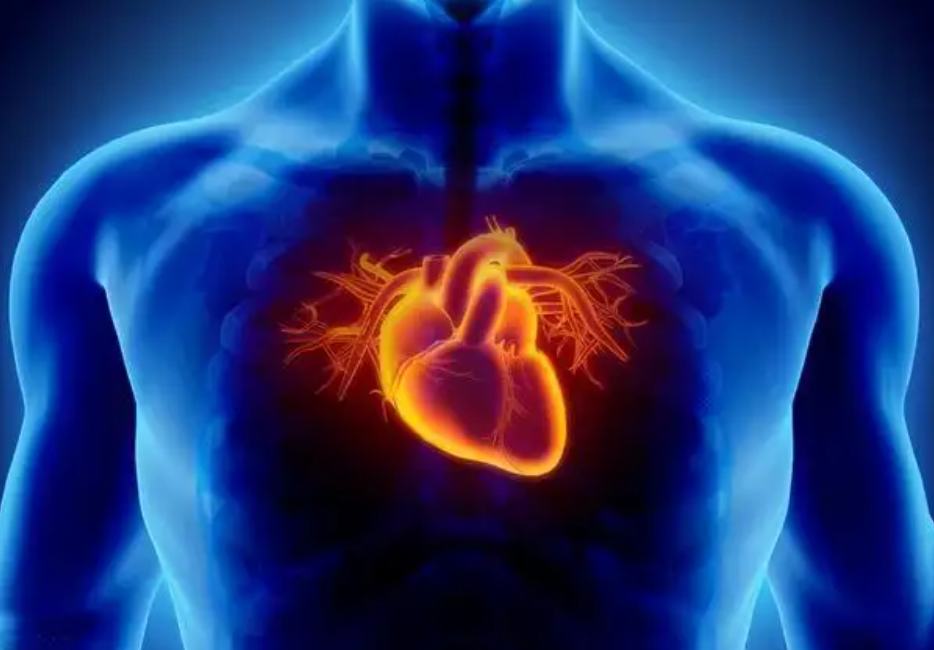
Classification of disease
Myocardial ischemia is a pathophysiological process of the heart. If it develops into ischemic heart disease (coronary heart disease), it can be divided into five types. They were hidden or asymptomatic coronary heart disease, angina pectoris, myocardial infarction, ischemic cardiomyopathy and sudden death.
etiology
The root cause of myocardial ischemia is the inability of coronary artery to supply blood and oxygen to myocardium.
Specific causes can be divided into coronary artery blood supply and myocardial oxygen consumption (blood) abnormal increase two categories, generally inadequate blood supply. Common diseases are coronary heart disease, X syndrome, coronary artery spasm, myocardial bridge, arrhythmia and so on.
Emotional excitement, heavy physical activity, smoking, drinking and other factors are often the inducements of myocardial ischemia.
pathogenesis
The heart muscle depends on the coronary artery to supply blood, the coronary artery has a strong compensatory capacity, when the heart oxygen demand increases, the coronary artery can expand, thus increasing the blood supply of the heart muscle several times.
When coronary artery lesions occur, the above compensatory mechanism may not be able to play normally, and the coronary artery may also narrow or even block, resulting in a sharp decrease in myocardial blood supply, which is one of the most important mechanisms of myocardial ischemia.
On the other hand, if you have some arrhythmias, or the burden of physical activity is heavy, the heart will beat faster, and the myocardial oxygen consumption will increase, at this time, if the coronary arteries cannot provide enough blood to the myocardium to supply oxygen, myocardial ischemia will also occur.
In addition, because the supply of blood to the coronary arteries occurs mainly during the diastolic period of the heart, the rapid heartbeat will reduce the proportion of the diastolic period in the total heartbeat cycle, and reduce the coronary blood flow.
Coronary heart disease
Coronary atherosclerotic heart disease is the most common cause of myocardial ischemia.
Hypertension, diabetes, hyperlipidemia, inflammation and other disease factors, smoking, drinking, sedentary, staying up late, psychological pressure and other bad habits, may lead to systemic blood vessels (including coronary artery) endothelial damage, promote the occurrence and development of atherosclerosis, and then lead to vascular lumen stenosis, or even occlusion, causing myocardial ischemia.
Syndrome X
A disease that produces symptoms of myocardial ischemia, which can be observed by electrocardiogram, but cannot be observed by coronary angiography, and the cause is unclear.
Vascular spastic angina pectoris
Angiospastic angina pectoris, also known as variable angina pectoris, often presents symptoms of myocardial ischemia without obvious cause. Unlike Syndrome X, temporary coronary artery spasm and stenosis can be observed during angina pectoris by coronary angiography.
At present, the disease is considered to be caused by abnormal vascular regulation function rather than coronary artery disease, because most of the patients with this disease are young, lack other risk factors for coronary heart disease in addition to smoking, and do not show pathological changes of coronary heart disease.
Myocardial bridge
The coronary artery is usually in the connective tissue under the epicardium. If a section of the coronary artery shuttles through the myocardium, this section of the myocardial fiber can be called the myocardial bridge. When the heart contracts, it can press on this section of the coronary artery, and then cause myocardial ischemia.
tachycardia
It can be seen that in various tachyarrhythmias, if the coronary artery disease is not combined at the same time, the myocardial ischemia caused by it is temporary, and the myocardial ischemia state is relieved when the heartbeat returns to normal.
Inducing factor
Myocardial ischemia can be induced by any factor that increases the burden on the heart, increases the oxygen consumption of the myocardium, or causes a sudden narrowing of the coronary arteries and a decrease in blood supply.
Common predisposing factors include:
Smoking: including active smoking and second-hand smoke, long-term exposure can damage the lining of the arteries and cause vasospasm.
Diabetes: Both type 1 and type 2 diabetes contribute to the development and progression of atherosclerosis.
High blood pressure: Can accelerate atherosclerosis, resulting in damage to the arteries.
Hyperlipidemia: Cholesterol is the main deposit that can narrow coronary arteries.
Obesity: Obesity is associated with a variety of cardiovascular diseases.
Others: alcohol consumption, improper medication, physical activity, mood swings, overeating, cold, etc.

